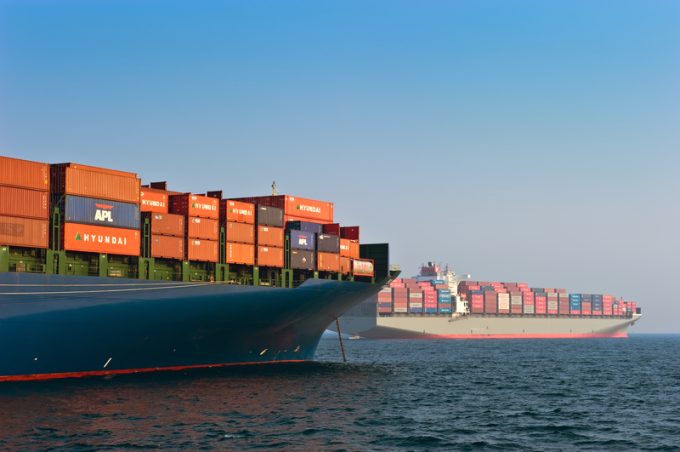Index-linked agreements: 'shippers have to have the stomach for them'
Shippers pondering the pros and cons of index-linked agreements (ILAs) “have to have the stomach ...

Rising demand and improved freight rates in the second half of last year enabled ocean carriers to return a consolidated profit of $1.5bn for the year, according to Drewry’s latest Container Forecaster report.
With all the major carriers that publish their financial results now having reported, the container lines were able to turnaround a deficit of some $2.2bn in the first two quarters into a positive full-year result.
However, it will only take another spike in oil prices or a rate war ...
USTR fees will lead to 'complete destabilisation' of container shipping alliances
Outlook for container shipping 'more uncertain now than at the onset of Covid'
Flexport lawsuit an 'undifferentiated mass of gibberish', claims Freightmate
Cancelled voyages take the sting out of spot rate declines this week
Shippers warned: don't under-value US exports to avoid tariffs – 'CBP will catch you'
New Houthi warning to shipping as rebel group targets specific companies


Comment on this article
Martyn Benson
April 09, 2019 at 5:03 pmA few additional remarks not mentioned in this article:
With the end of the world predicted by some financial pundits in 2019 and 2020, there is no guarantee of rising volumes, especially in the light of increased protectionism, as practiced by Mr Trump, coupled with a slowing China. (Note blanked FE-Eur sailings recently).
There is no reason why IMO2020 should push fuel prices to double if the refiner producers get their act together and produce more LSFO, with a possibility that HSFO could become the endangered species because less operators will be buying this. Indeed, with oil price spikes caused by unrest in Venezuela, Libya and the Iran embargo, the world geopolitics is likely to have more influence on bunker pricing than production of a new fuel type.
The big question for those rushing to fit scrubbers is whether the price differential really will be $ 200 or maybe closer to $ 50 ……and even the other way around by the end of 2020.
The article did not mention the local (?) effects Brexit will have to disrupt traffic patterns – although Drewry seem to think that container availability will not be an obstacle, notwithstanding that 45′ PWHCs will be the box of choice, which are not exactly growing on trees.
The IMO will not push anyone into consolidation that would not be at that point anyway (and, as P&O and Nedlloyd showed, two weak lines merging does not add up to one stronger line) – the mergers that could happen will be because the operators/ shareholders have lost the appetite to fight a losing battle. If there is an effect on operators it will be on those carriers who are still operating obsolete tonnage – such as conventional reefer companies who could not justify the reinvestment, technology and know-how required to tool up to fully containerised services.
The last round of consolidation between COSCO and CSCL…..was OOCL too small to be worth mentioning?
Why would RHJ say that consolidation has reached its limit? Surely the industry still has plenty of victims to be merged and taken over – surely consolidation is only limited by the imagination of its leaders and financiers? It is always possible that CMA-CGM could take Evergreen or any one of the Top 10 could merge with another Top 10 operator.